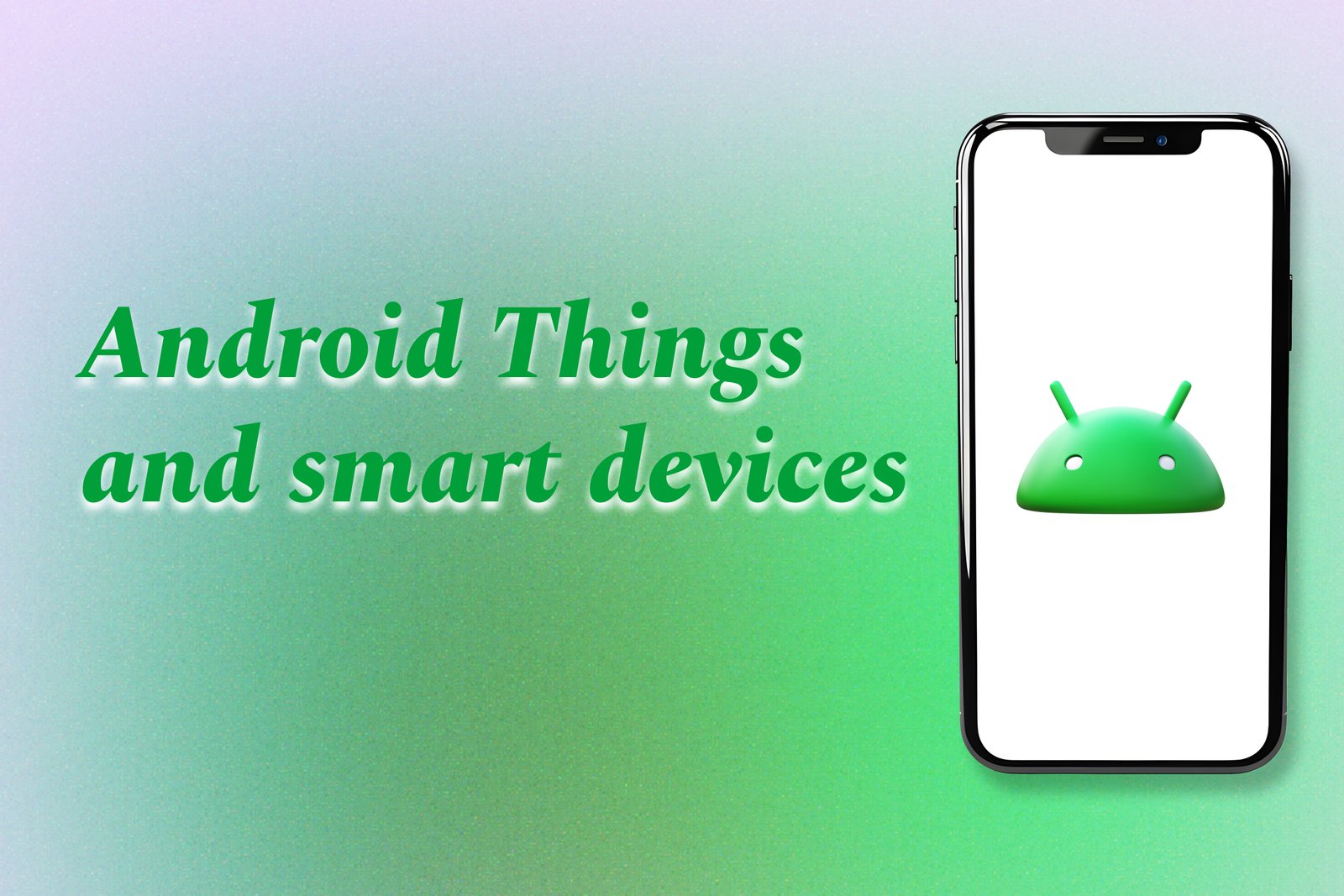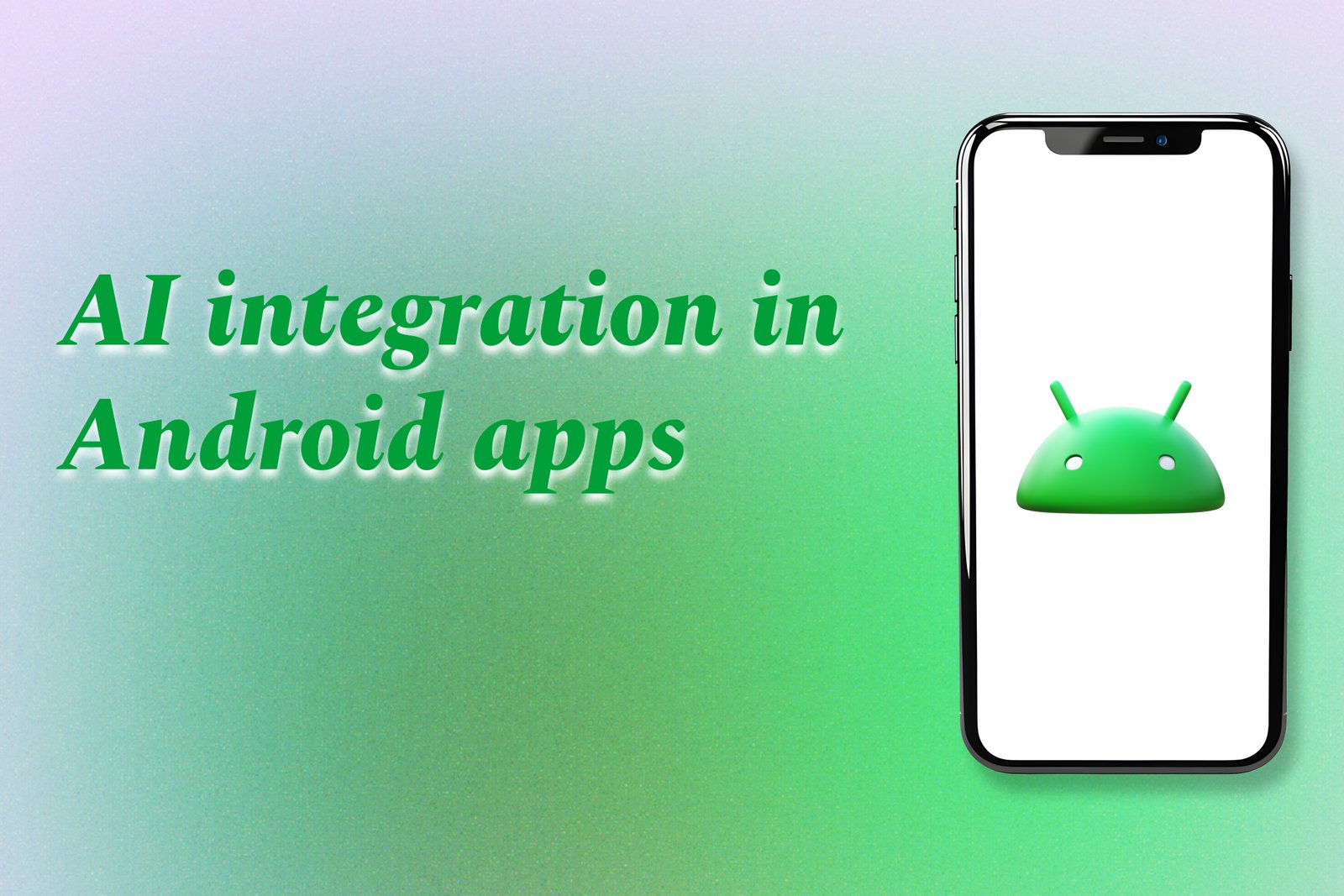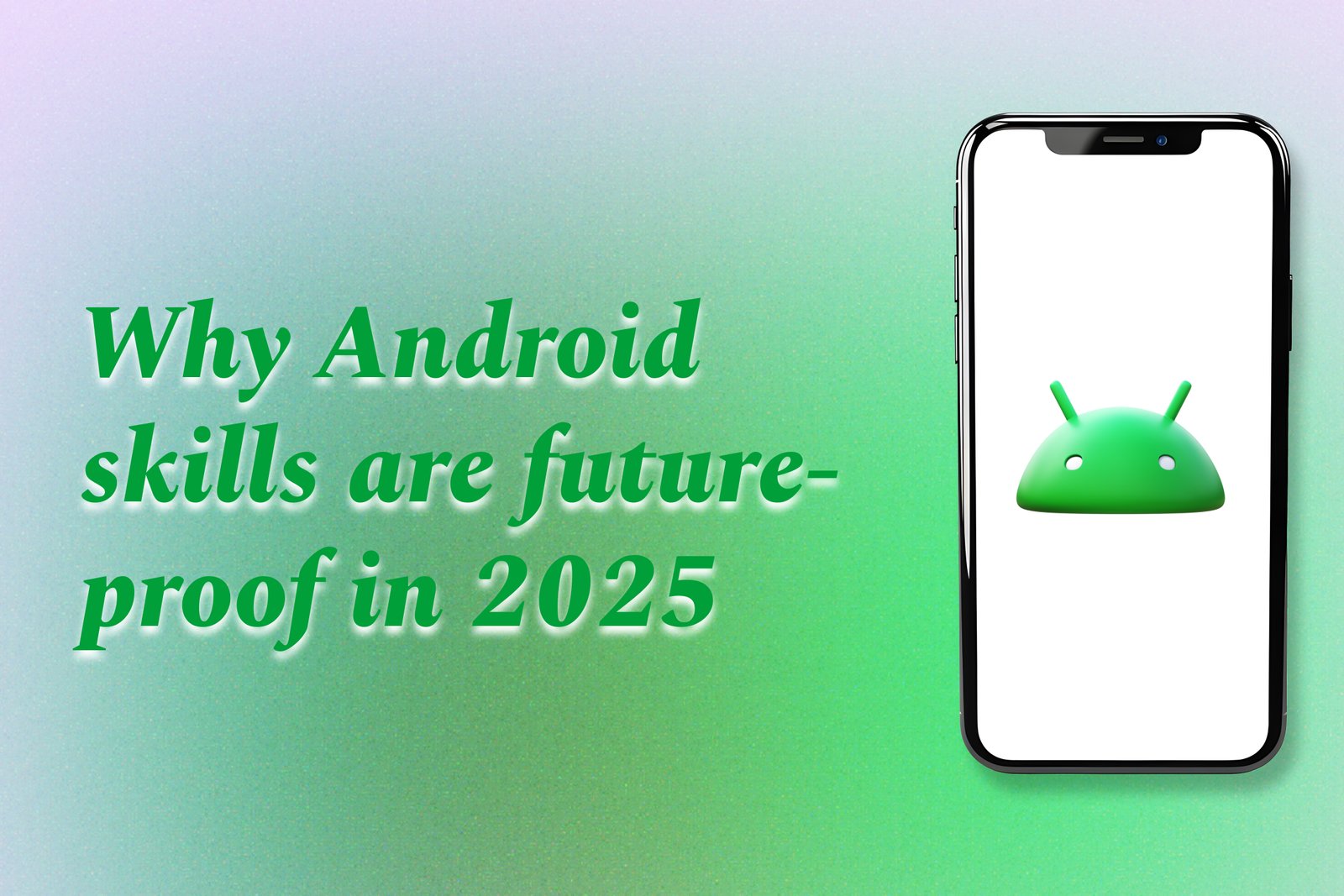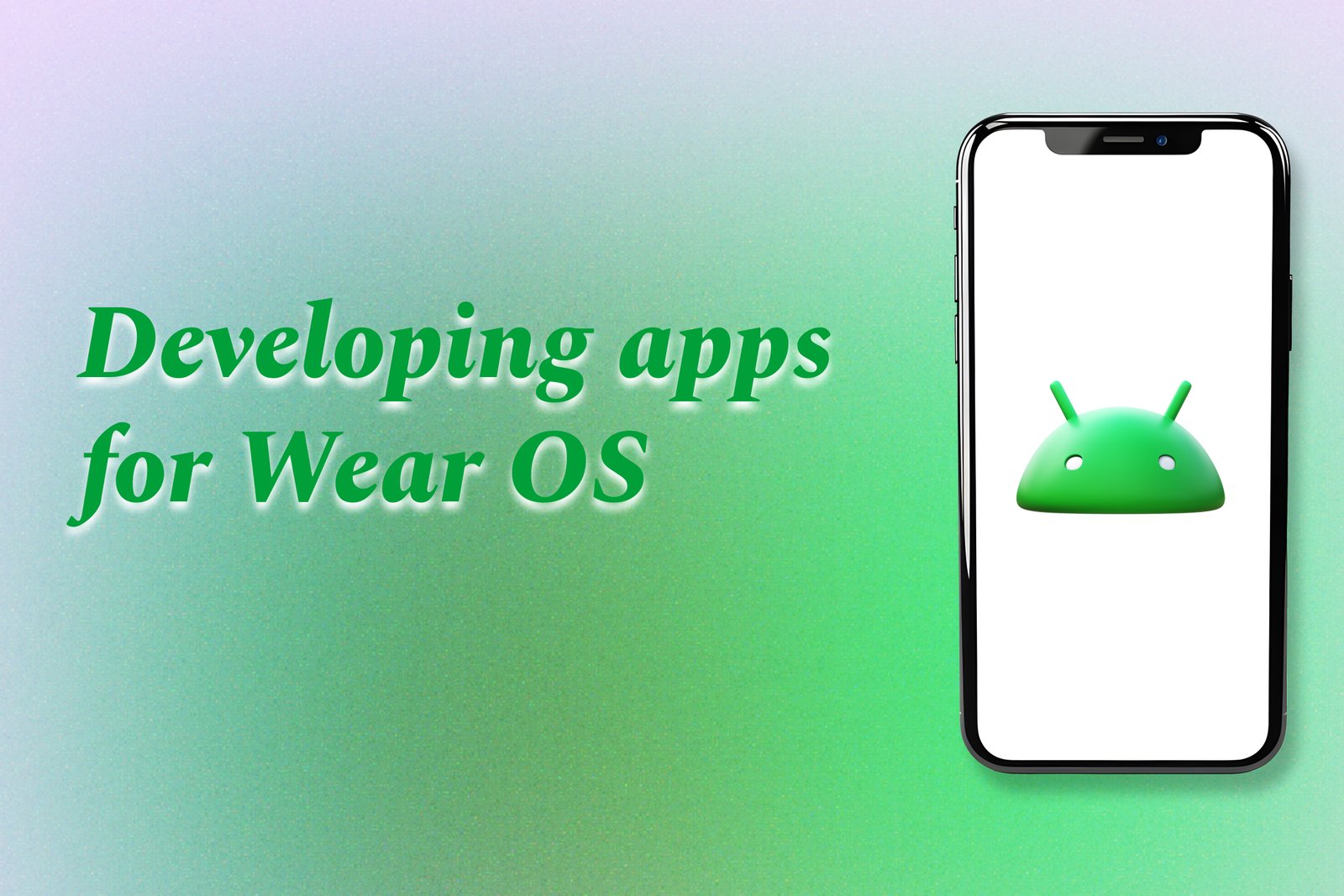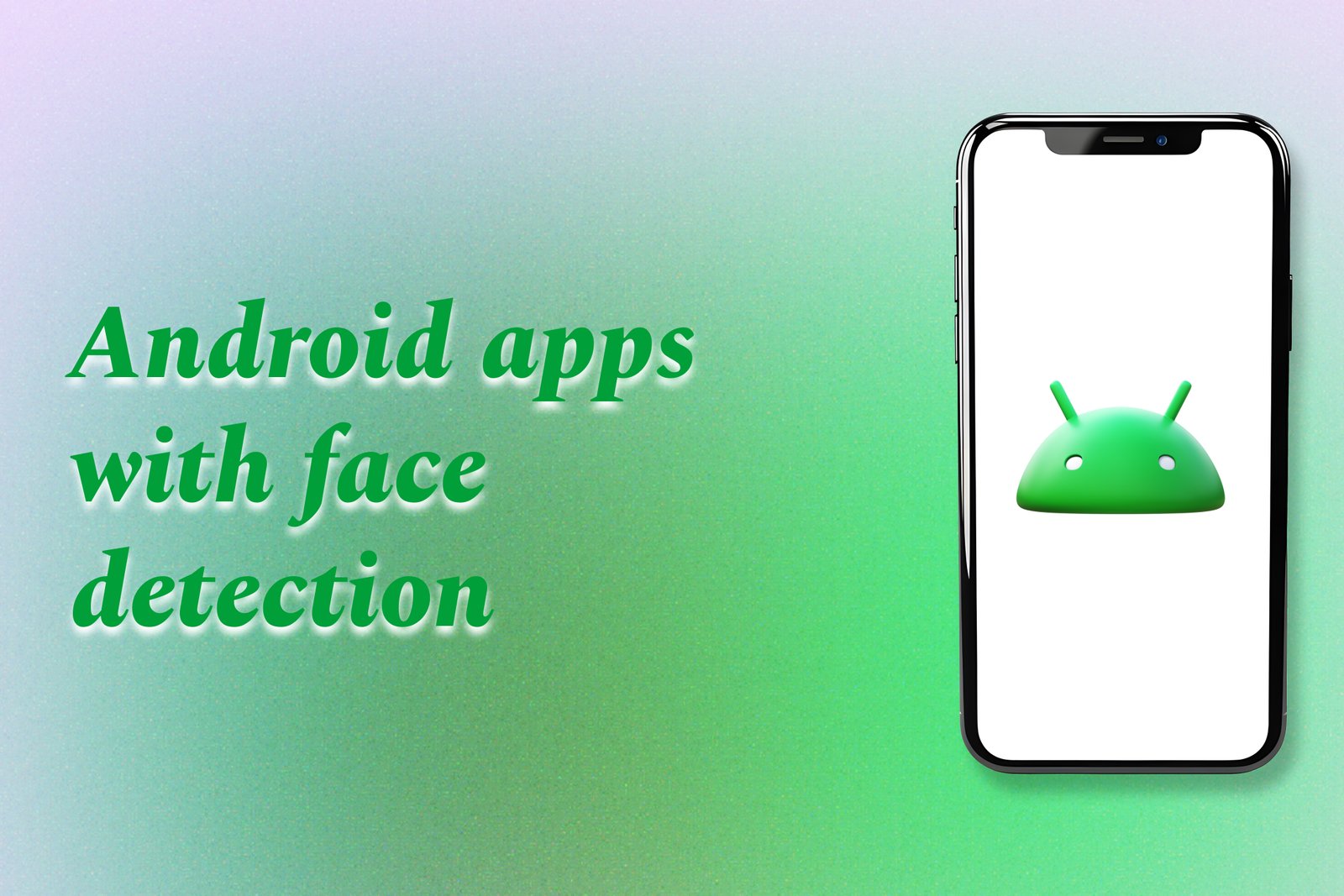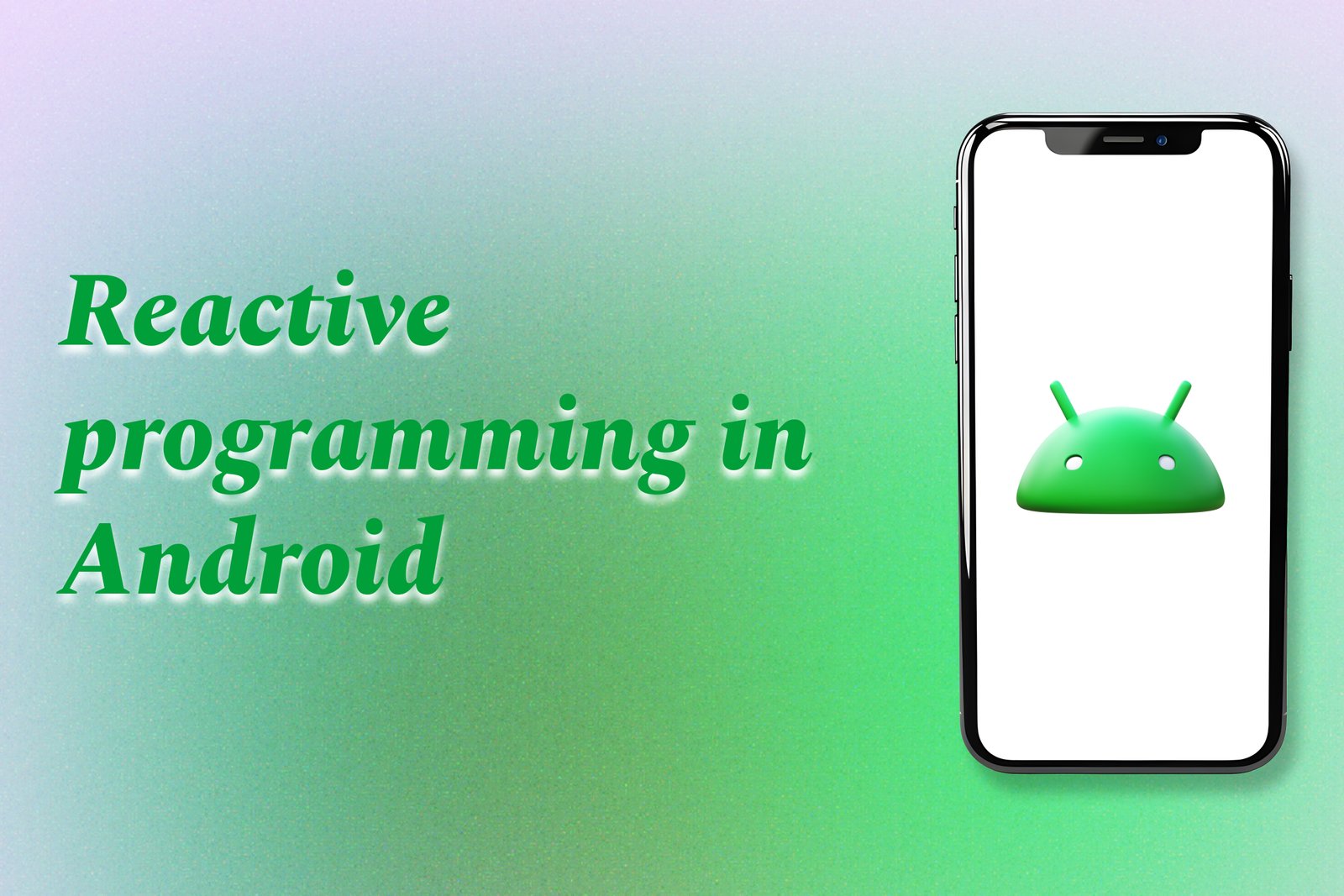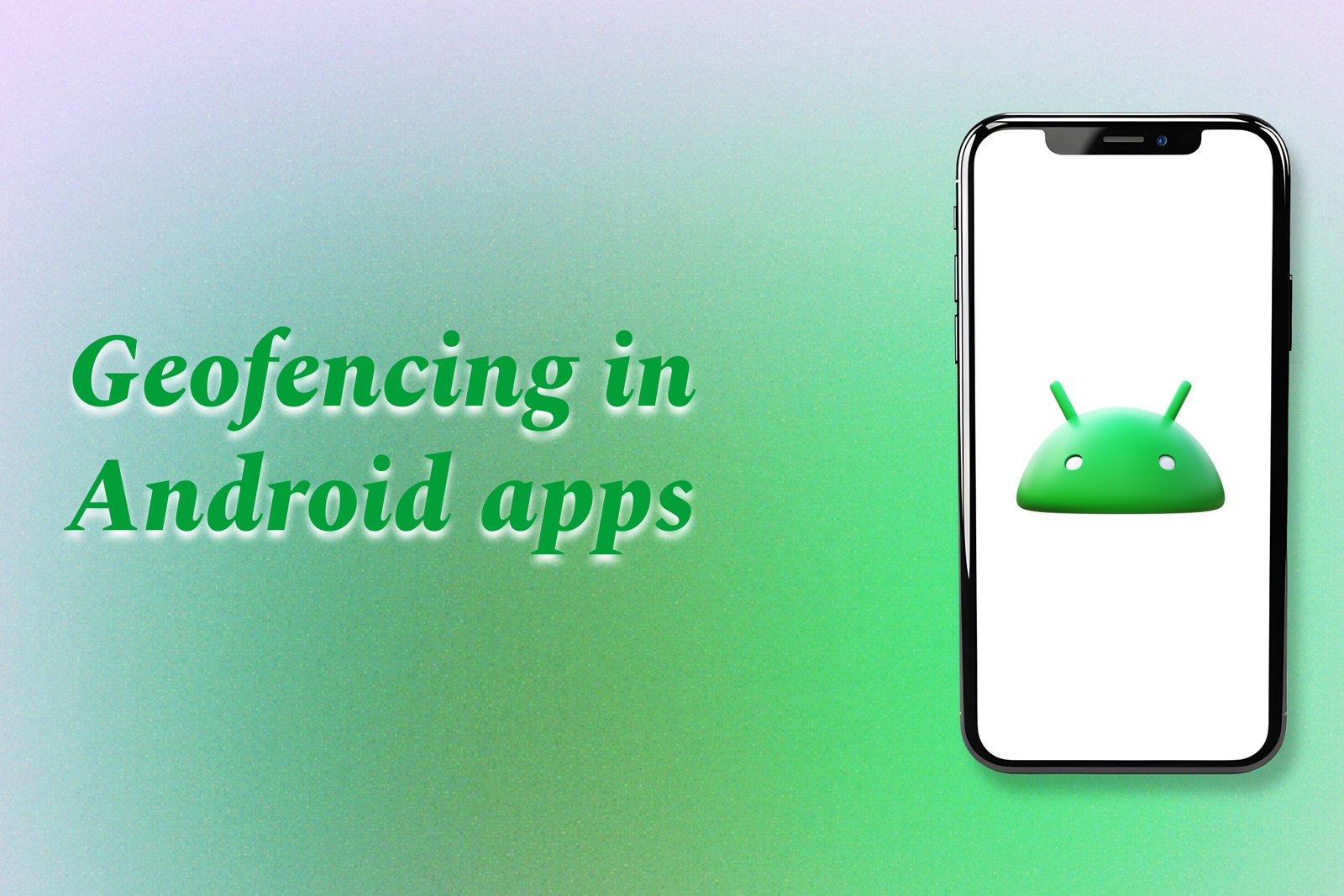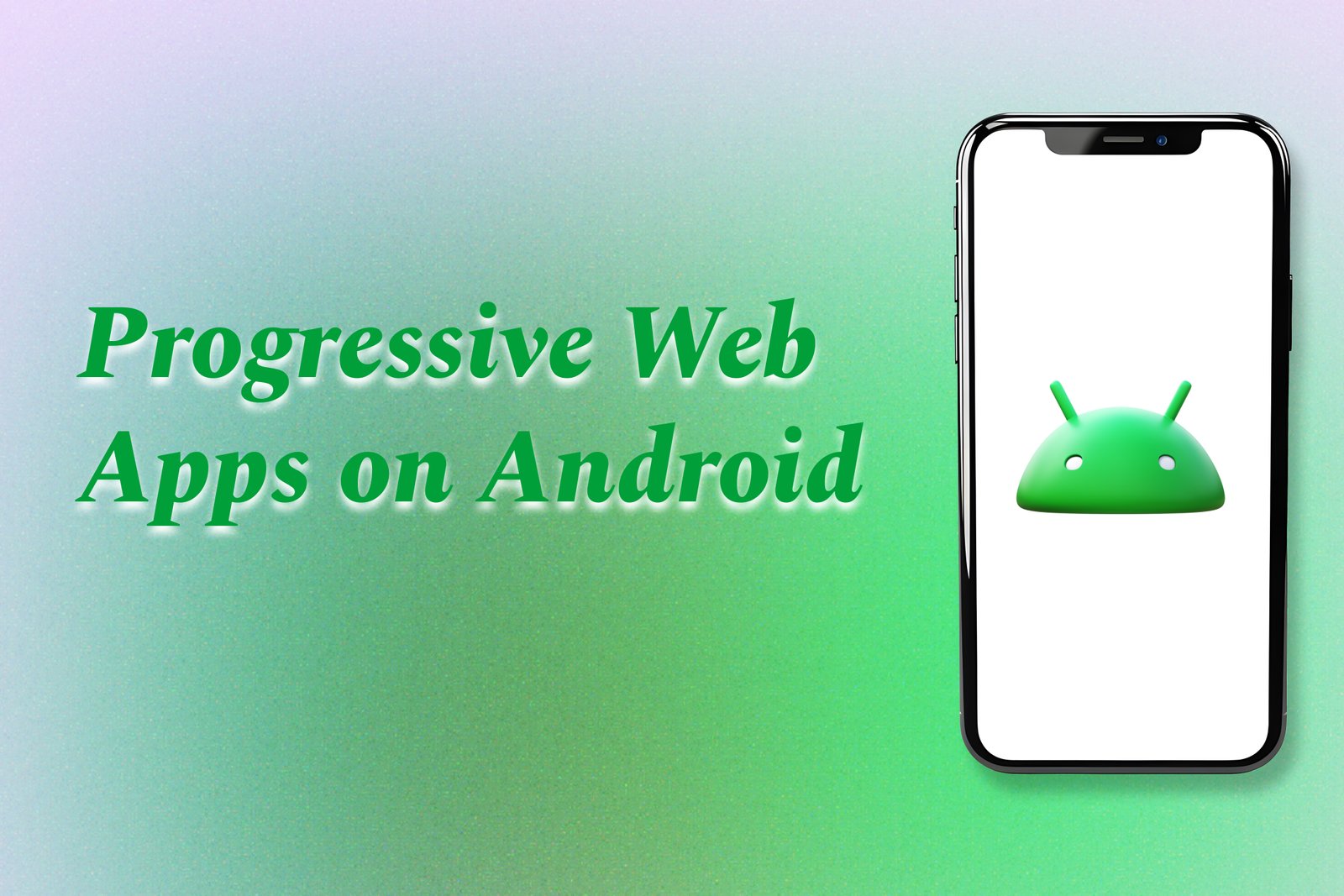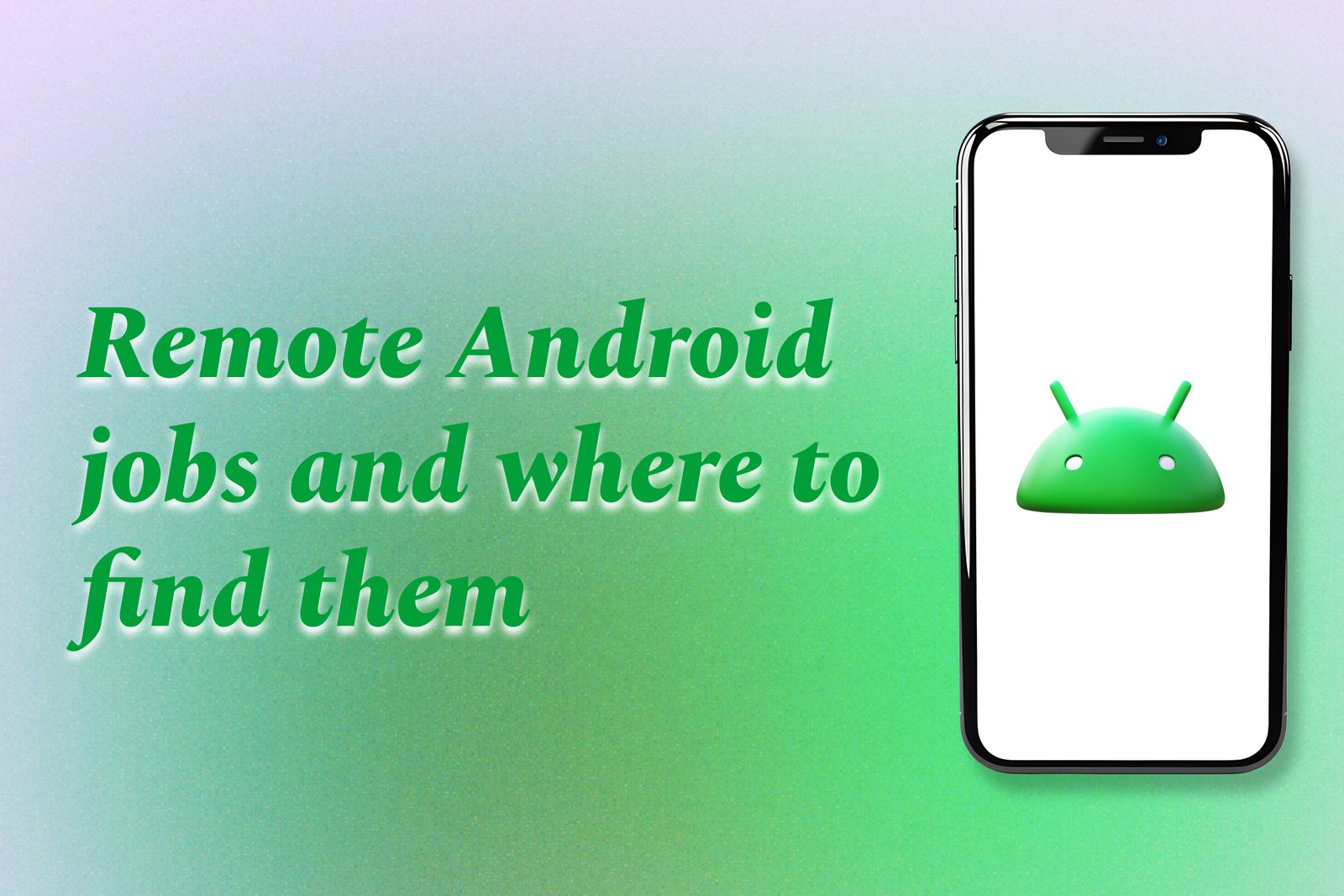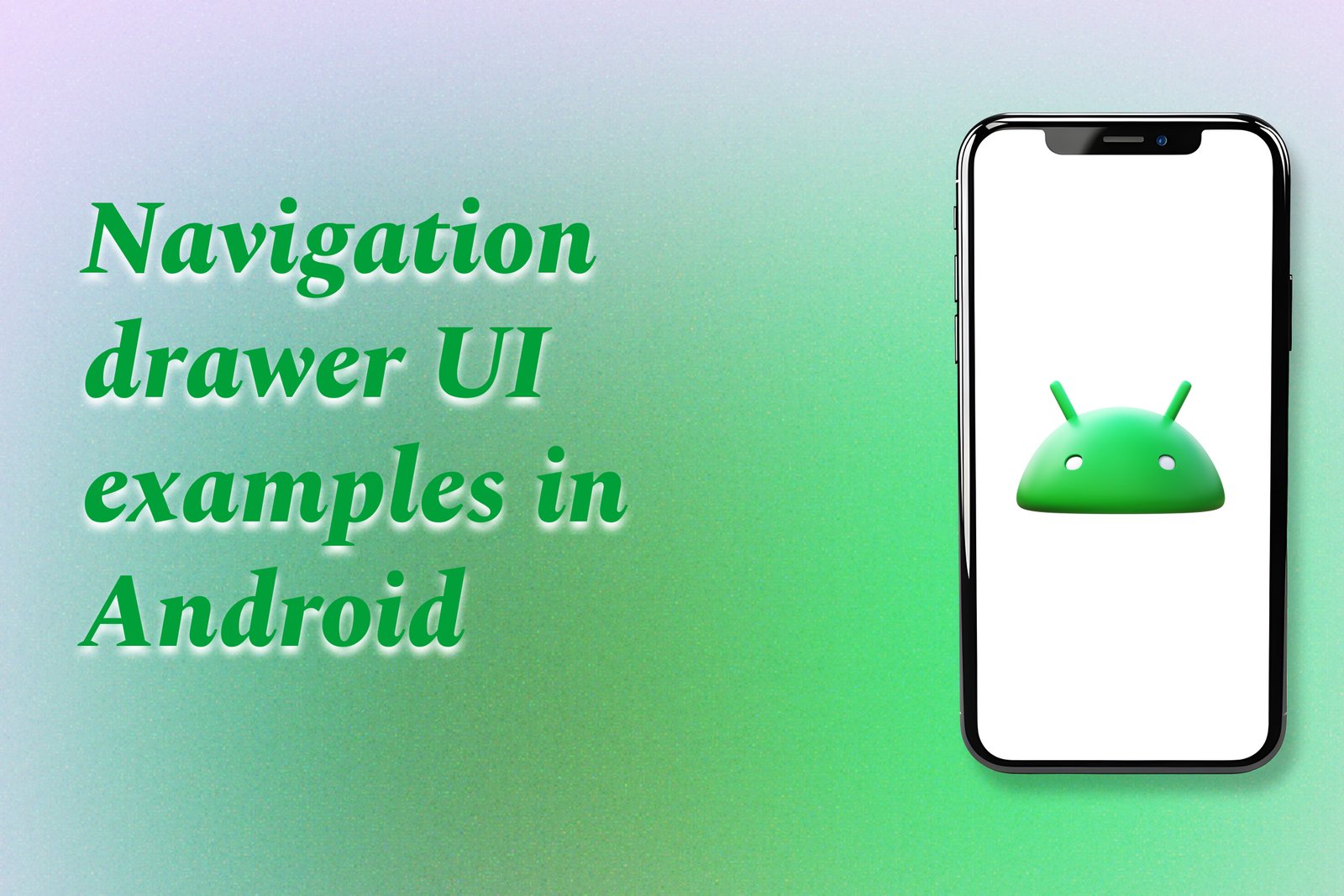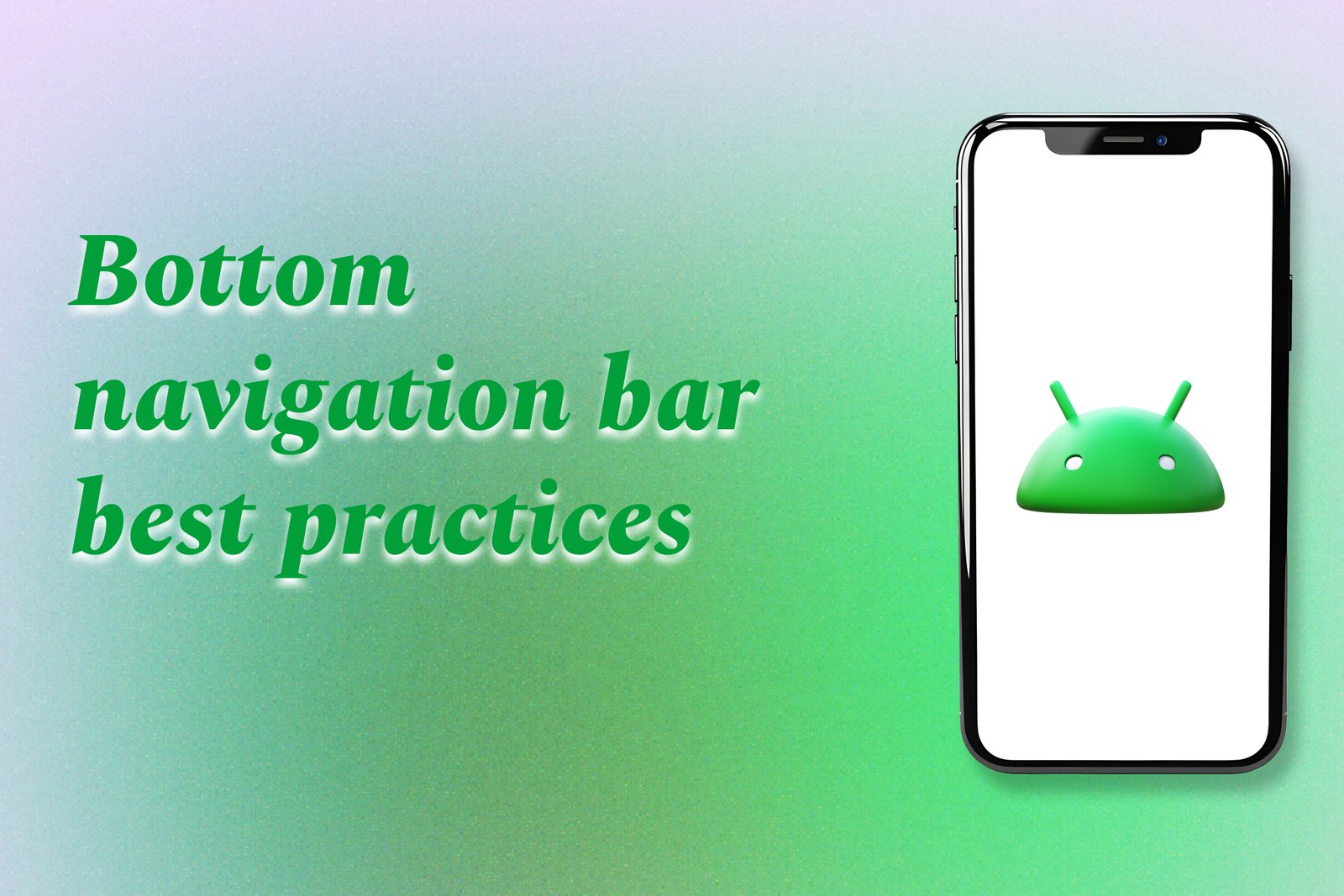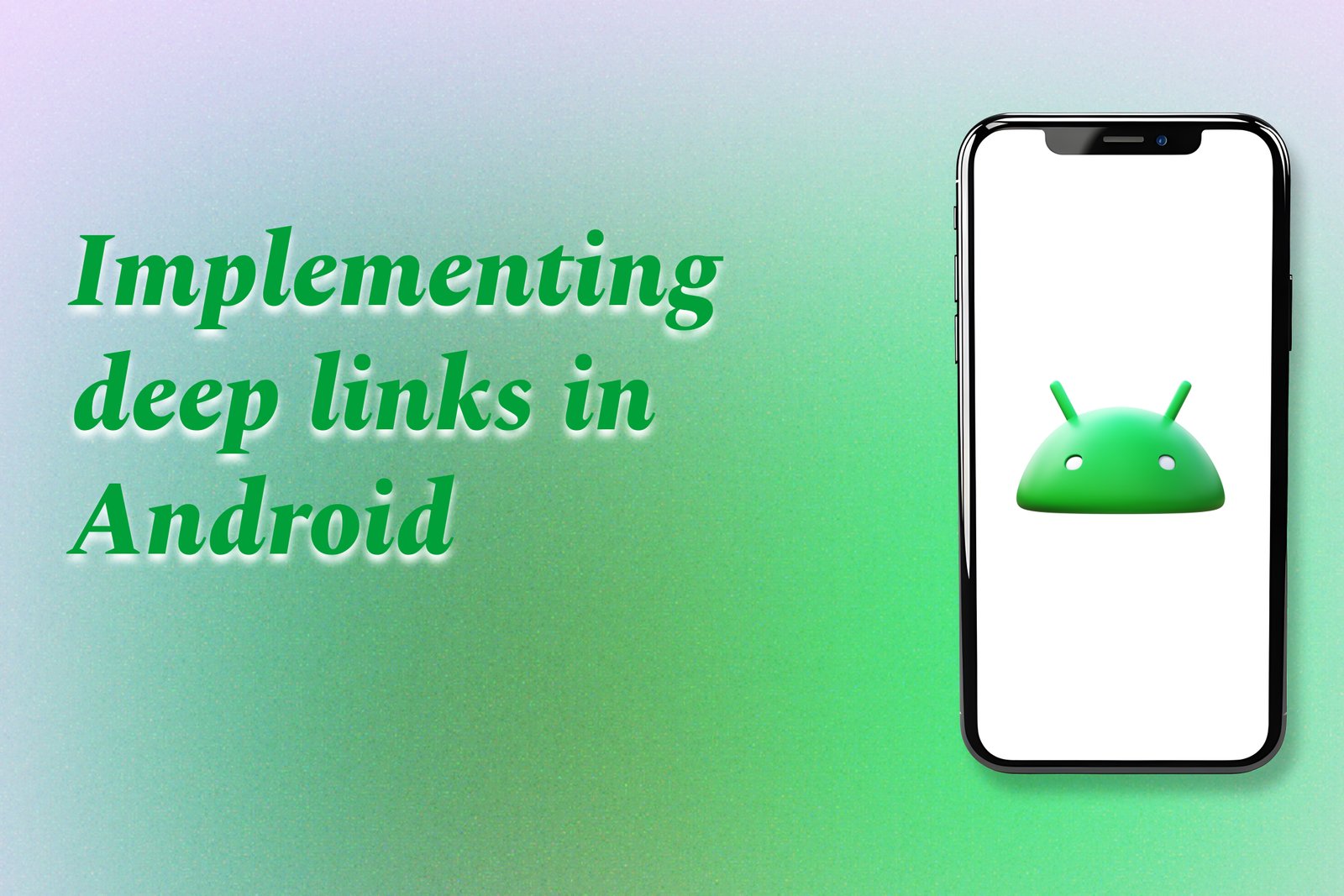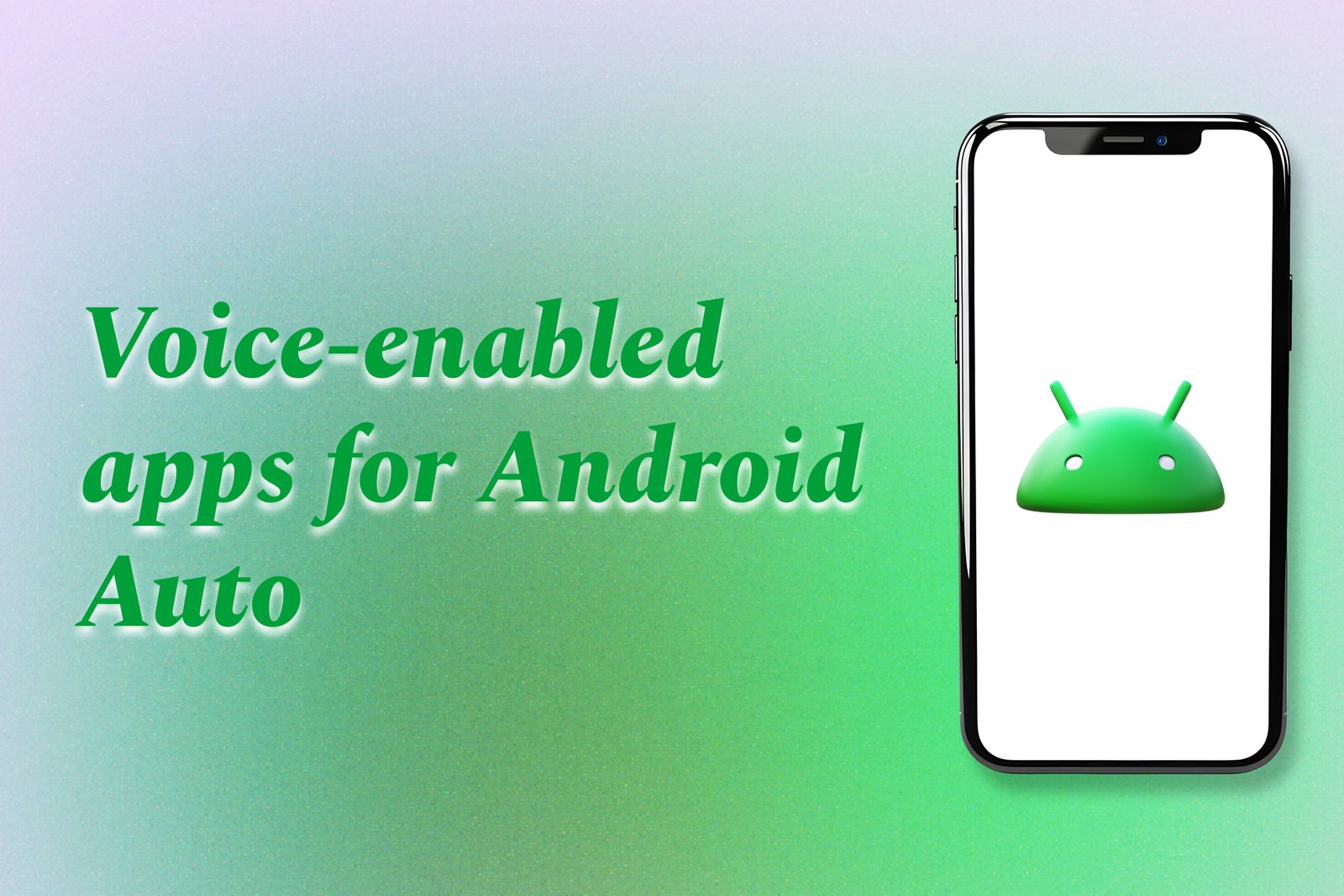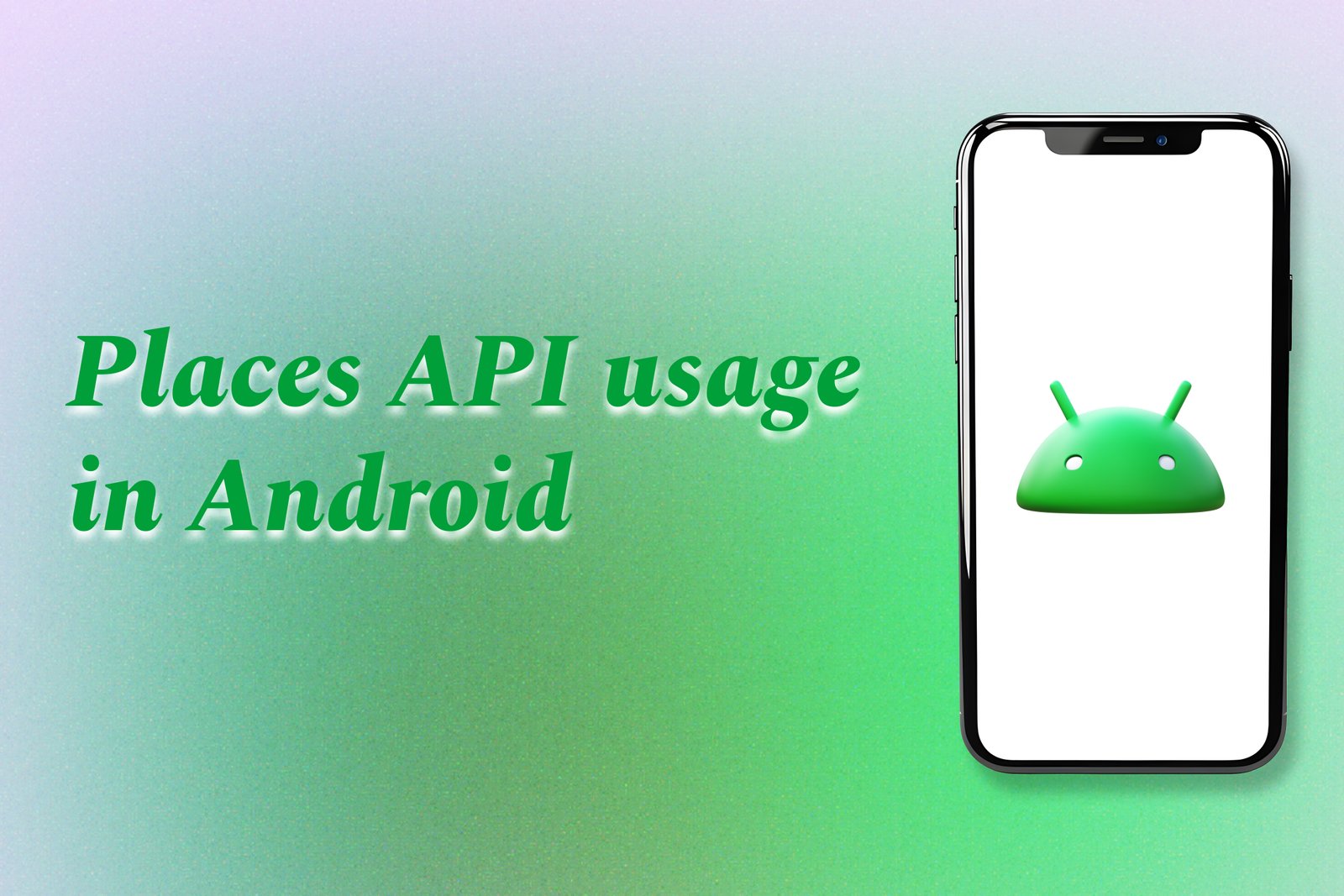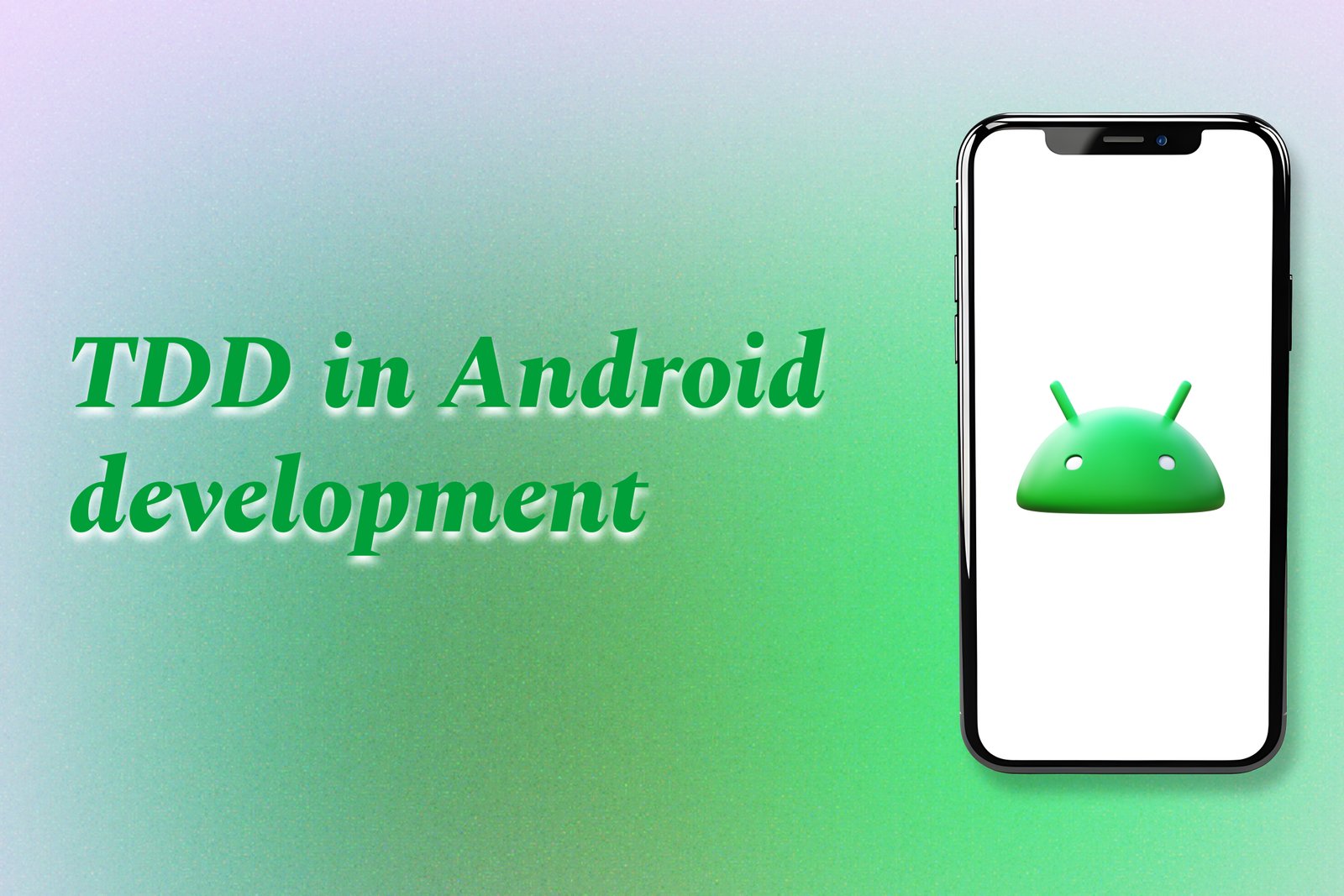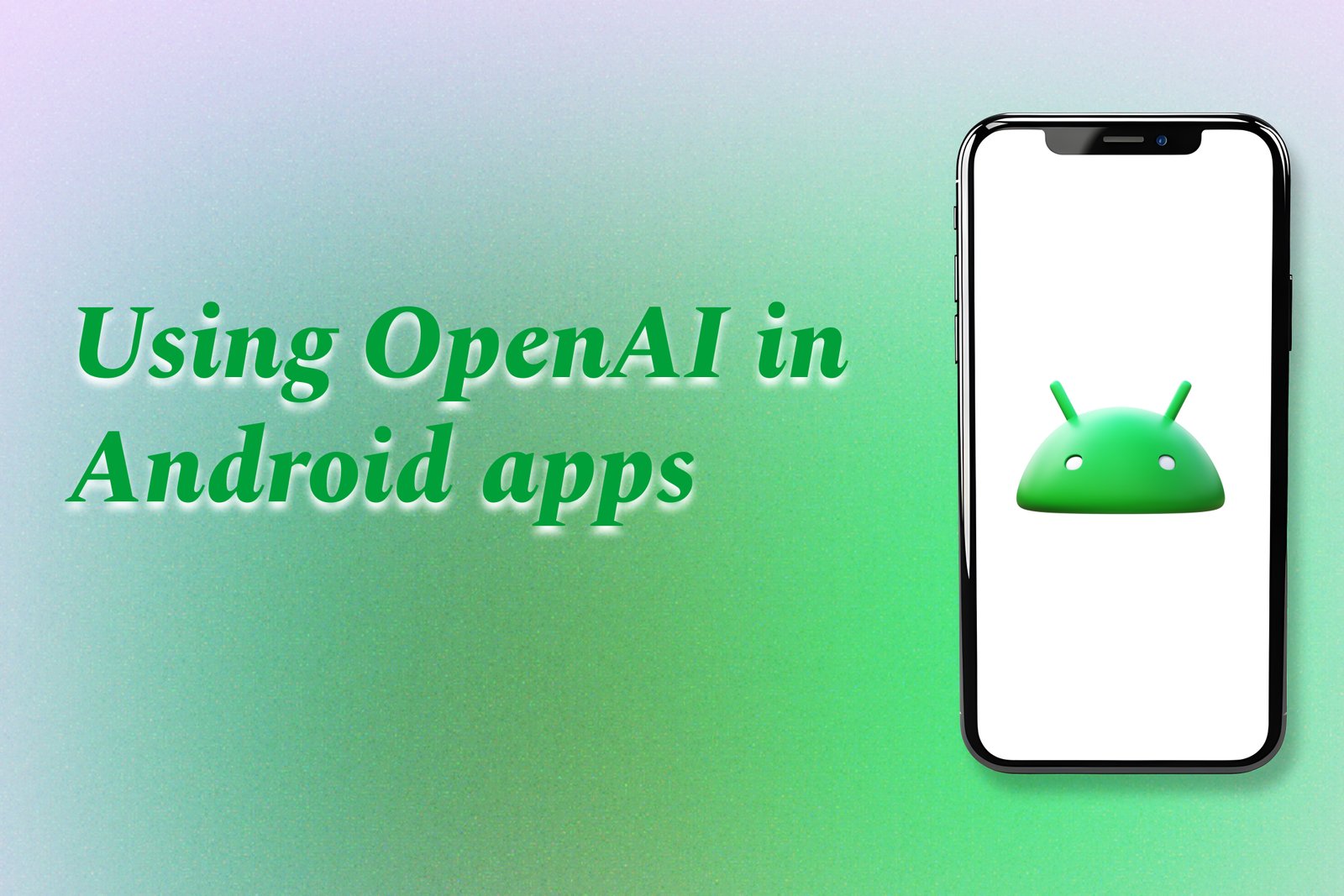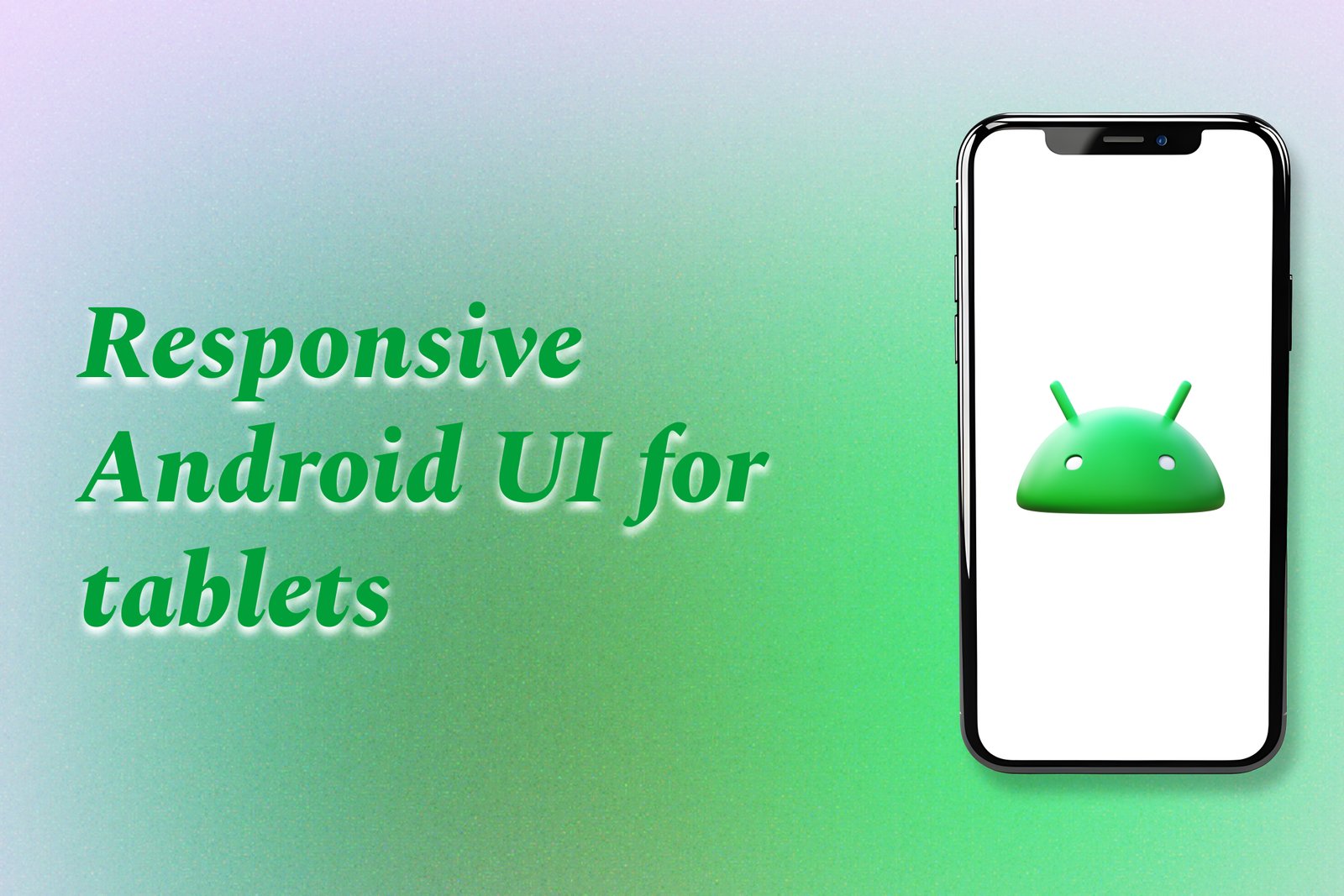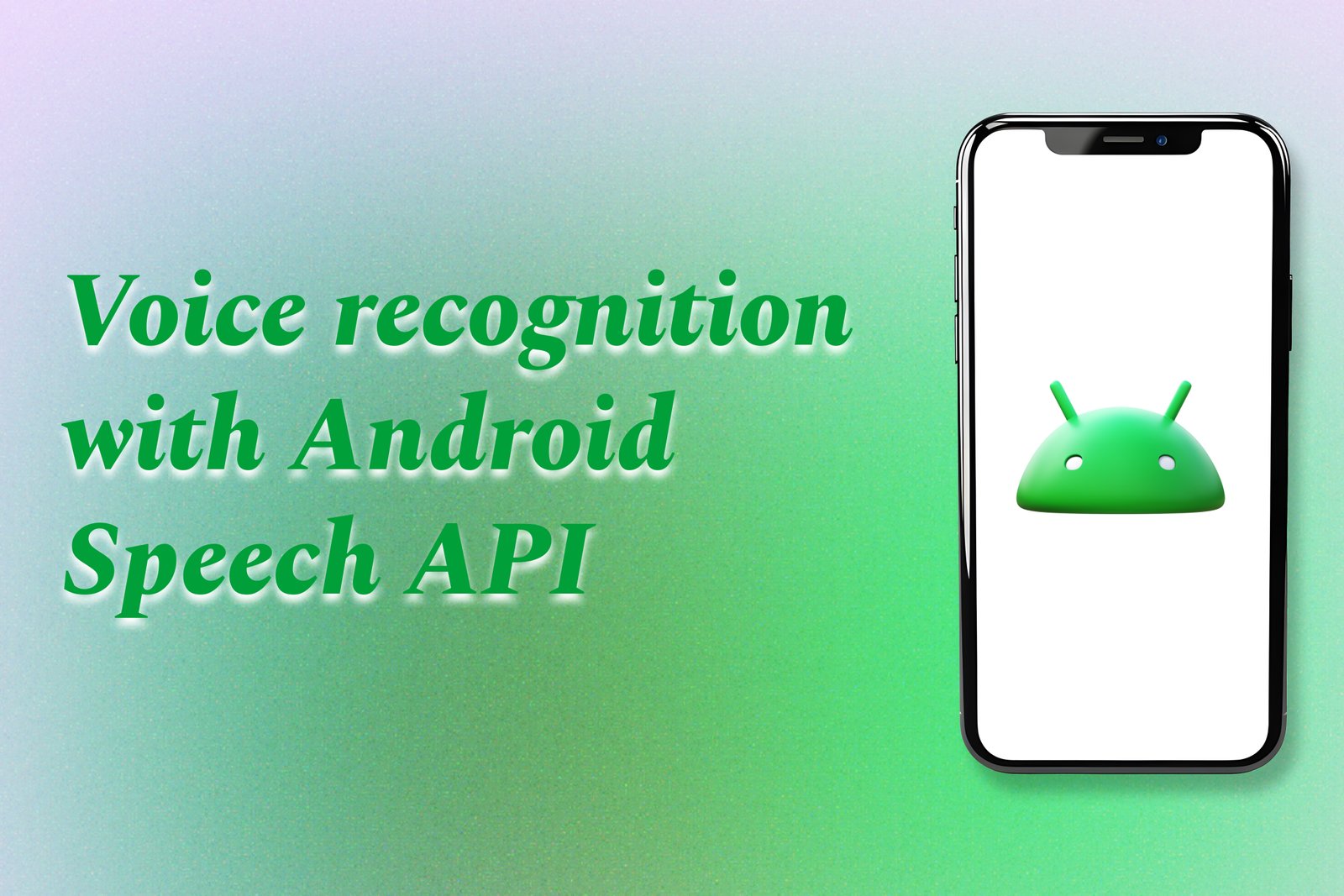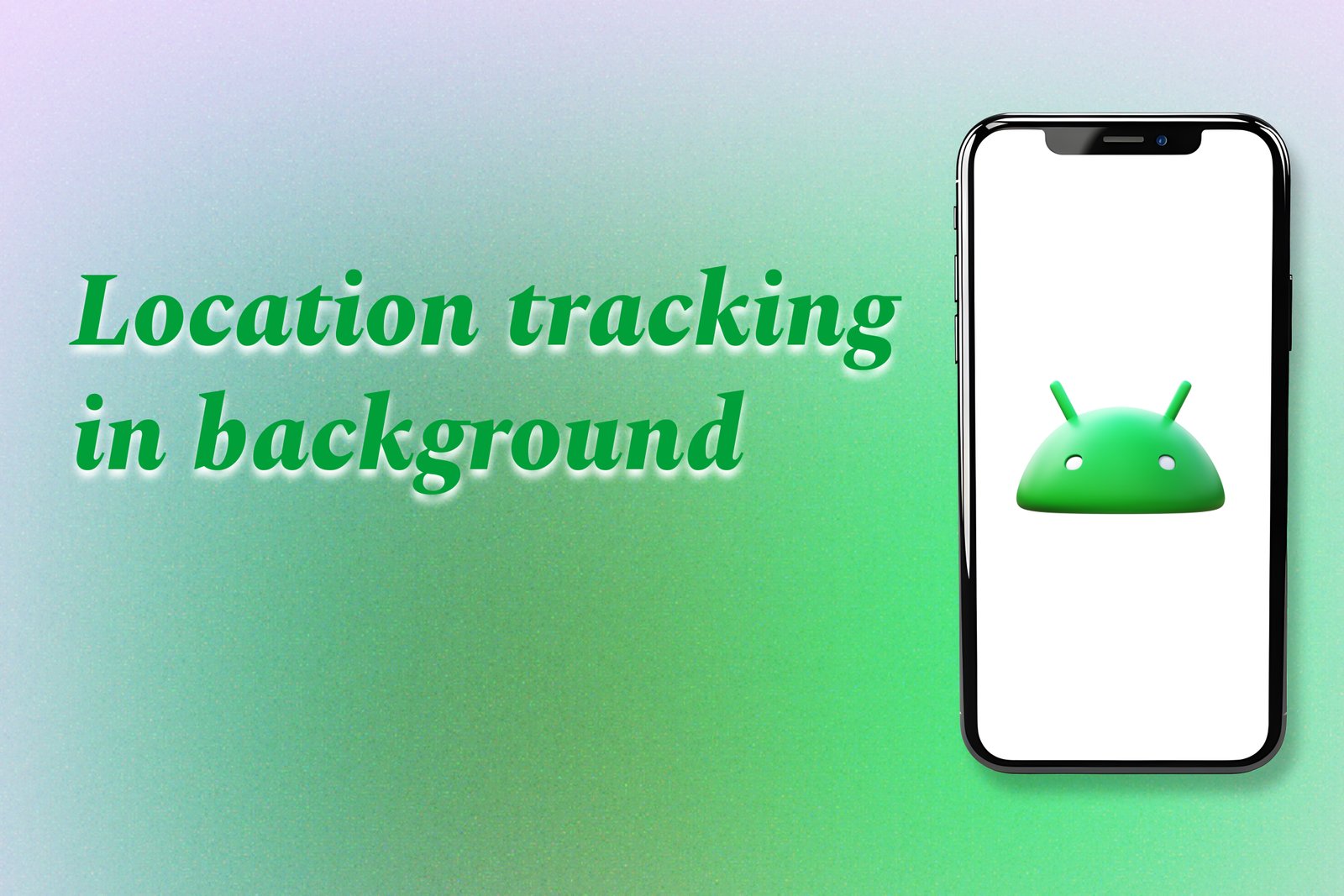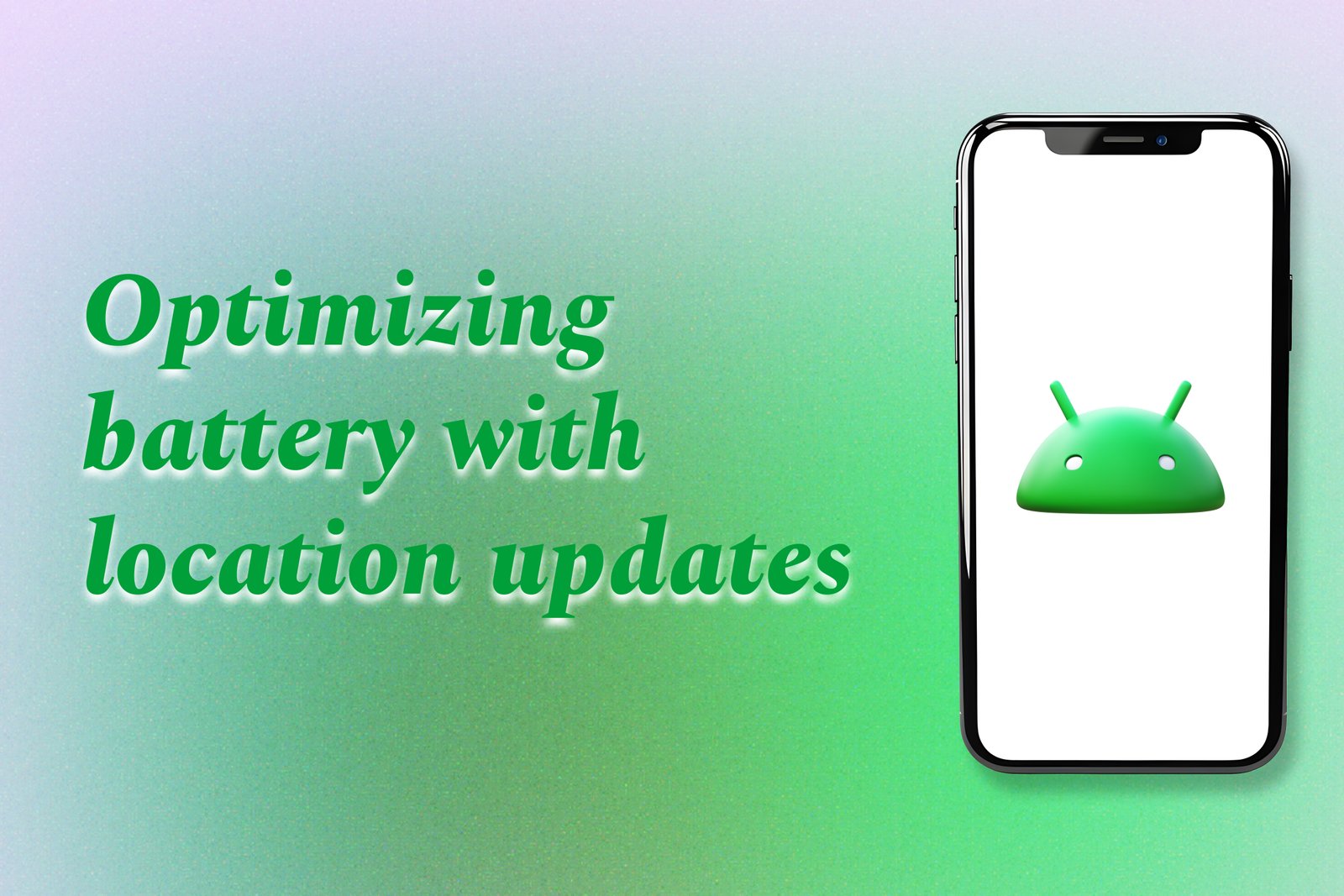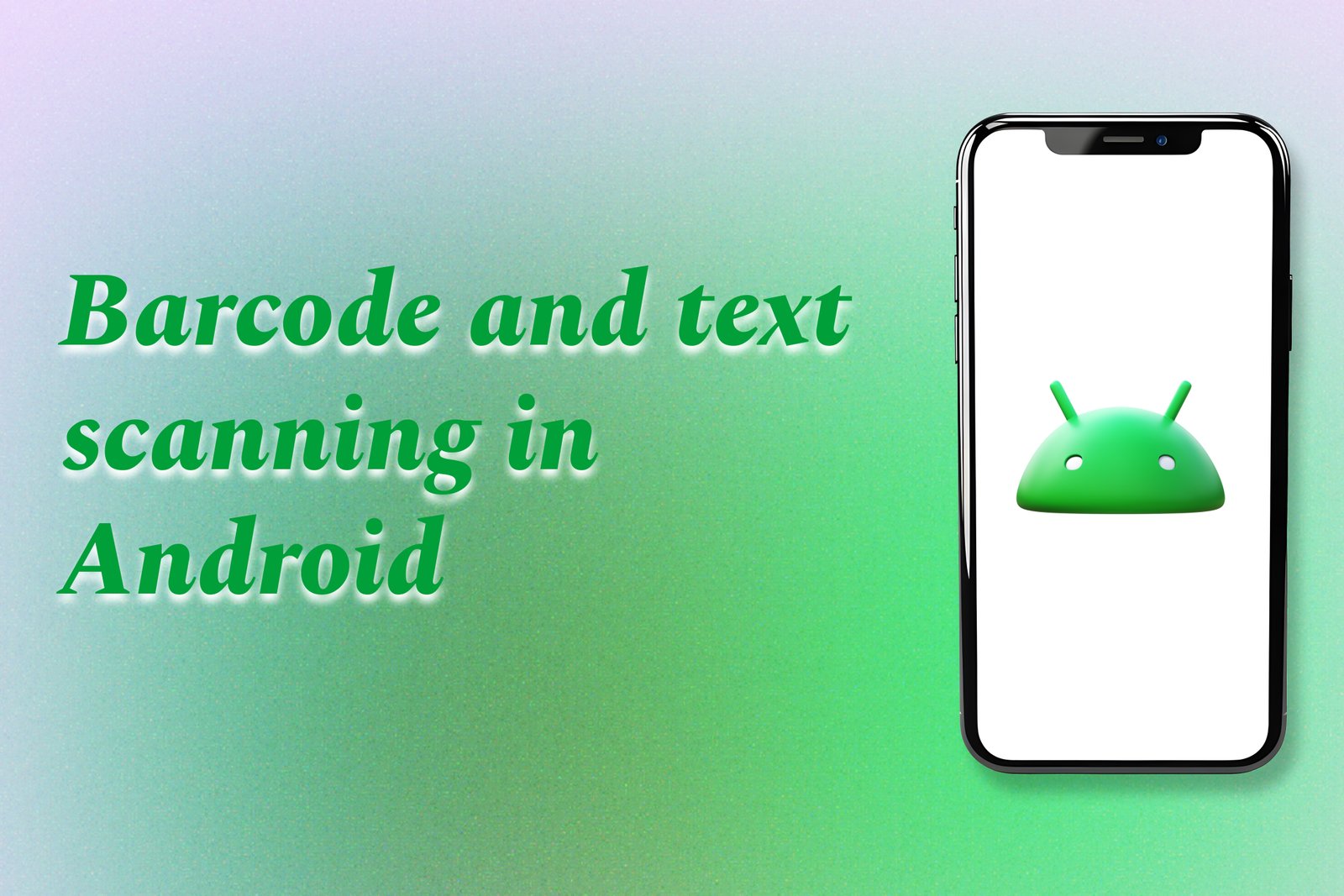android things and SMART DEVICES
Android Things is a Google-led platform specifically designed for developing smart devices and Internet of Things (IoT) applications. It enables developers to create powerful and connected devices using the familiar Android framework, allowing for easy integration of hardware and cloud services. With Android Things, manufacturers can build innovative smart devices—ranging from home automation systems to industrial equipment—that offer real-time data processing, machine learning capabilities, and seamless connectivity. This technology empowers users to enjoy enhanced automation, improved functionality, and a more interactive experience in their everyday environments.
Learn MoreAI Integration in Android Apps
AI integration in Android apps involves embedding artificial intelligence technologies to enhance application capabilities and user experiences. This can include features such as natural language processing for voice commands, machine learning for personalized recommendations, and computer vision for image recognition. By leveraging AI, developers can create smarter apps that learn from user interactions, predict needs, and automate tasks, ultimately leading to more intuitive and engaging mobile experiences. The integration of AI thus transforms traditional applications into intelligent solutions that cater to individual user preferences and improve overall functionality.
Learn MoreWhy Android Skills Are Future-Proof In 2025
Android skills are future-proof in 2025 due to the relentless growth of the mobile app market and the widespread reliance on Android devices across various sectors. With over two billion active Android devices worldwide, professionals skilled in Android development are in high demand to create innovative solutions that meet user needs. As businesses increasingly prioritize mobile-first strategies, the ability to develop, maintain, and enhance Android applications positions individuals to effectively respond to evolving market trends. Moreover, the ongoing advancements in technologies like AI, IoT, and 5G further expand the potential for Android applications, ensuring that those with these skills remain relevant and sought after in an ever-changing technological landscape.
Learn MoreDeveloping Apps For Wear OS
Developing apps for Wear OS involves creating software specifically designed for smartwatches powered by Google's wearable operating system. These applications are optimized for the unique user interface and interactions of wearable devices, allowing developers to deliver essential functions such as notifications, fitness tracking, health monitoring, and app integrations directly on the wrist. By leveraging features like voice commands, sensors, and companion smartphone apps, developers can create engaging experiences tailored to the on-the-go lifestyle of users, making Wear OS a significant platform in the landscape of mobile technology.
Learn Moreandroid apps with FACE DETECTION
Android apps with face detection utilize advanced algorithms to identify and analyze facial features within images or video streams. This technology enables various functionalities, such as secure user authentication, where users can unlock their devices or access applications simply by scanning their faces. Additionally, face detection enhances user interaction by powering features like augmented reality filters and personalized content recommendations. Overall, it transforms how users engage with apps, making experiences more intuitive, secure, and interactive.
Learn MoreReactive Programming In Android
Reactive programming in Android is a declarative programming paradigm that facilitates the management of asynchronous data streams, allowing developers to build applications that respond dynamically to changes in data and user interactions. By using libraries such as RxJava or Kotlin Flow, this approach simplifies the handling of complex asynchronous tasks, like API calls or database queries, making it easier to update the UI reactively based on data changes. This results in more efficient, responsive applications where developers can express their intent clearly, leading to maintainable code and enhanced user experiences.
Learn MoreGeofencing In Android Apps
Geofencing in Android apps is a feature that allows developers to create virtual boundaries around specific geographical locations. When a user’s device enters or exits these predefined areas, the app can trigger actions, such as sending notifications, alerts, or specific content tailored to the user's current location. This technology enhances user engagement and provides personalized experiences, making it ideal for applications in retail, marketing, and event management, where location-awareness can drive more relevant interactions and improve customer service.
Learn MoreProgressive Web Apps On Android
Progressive Web Apps (PWAs) on Android are innovative web applications that combine the accessibility of web pages with the functionality of native mobile apps. They offer features such as offline access, push notifications, and an app-like user experience while being easily accessible through a web browser without the need for installation from an app store. PWAs are designed to be responsive, ensuring optimal performance across a range of devices, and they leverage modern web technologies to create fast, reliable, and engaging applications that enhance user interaction and retention.
Learn MoreRemote Android Jobs and Where to Find Them
Remote Android developer jobs involve designing, building, and maintaining applications for Android devices while working from any location outside of a traditional office environment. These roles provide flexibility and often require skills in programming languages like Java or Kotlin, along with experience in Android SDK and various development tools. To find remote Android developer positions, job seekers can explore platforms such as LinkedIn, Indeed, and Glassdoor, as well as niche sites like Remote.co, We Work Remotely, and Stack Overflow Jobs, which specifically cater to remote job opportunities in the tech field.
Learn MoreNavigation Drawer UI Examples In Android
A Navigation Drawer in Android is a panel that slides in from the side of the screen, providing users with a quick and easy way to access different sections of an app. Common UI examples include displaying a list of main navigation items such as Home, Profile, Settings, and Help. Each item can lead to a different fragment or activity within the app, allowing for seamless transitions between content. The drawer can also include user profile information, icons, and even sub-items for improved organization. This design pattern enhances usability, making it simple for users to navigate through various features without overwhelming them with too much information on the main screen.
Learn MoreBottom Navigation Bar Best Practices
A bottom navigation bar is a key interface element in mobile app design that allows users to navigate between primary sections of the app with ease. Best practices for designing an effective bottom navigation bar include limiting the number of tabs to between three to five to avoid overwhelming users, using clear and recognizable icons accompanied by text labels, ensuring a responsive design that adapts well to different screen sizes, and maintaining a consistent visual style that aligns with the overall app design. Additionally, it’s important to place the most frequently used sections at the forefront and create a logical flow that enhances user experience, empowering users to effortlessly access the app’s core features.
Learn MoreImplementing Deep Links in Android
Implementing deep links in Android involves creating URLs that direct users to specific content or features within an app, rather than just launching the app’s homepage. This process typically involves configuring your app's manifest to handle specific URL patterns, utilizing the Android App Links for web-based deep linking, and leveraging intent filters to specify how the app should respond to particular URLs. Deep links enhance user engagement by streamlining navigation, enabling users to access desired content directly from external sources like email, social media, or websites, thus creating a more fluid and intuitive user experience.
Learn MoreVoice-Enabled Apps for Android Auto
Voice-enabled apps for Android Auto are applications designed to enhance the driving experience by allowing users to interact with their smartphones through voice commands. These apps provide hands-free access to navigation, calls, messages, and media, enabling drivers to stay connected while keeping their focus on the road. By utilizing voice recognition technology, they minimize distractions and promote safer driving conditions, making essential functions easily accessible without the need for manual interaction. This integration of voice capabilities into the Android Auto platform supports a more convenient and efficient driving experience.
Learn MorePlaces API Usage In Android
The Places API in Android is a powerful service that allows developers to access detailed information about geographical locations and points of interest. By incorporating this API, applications can enable features such as place search, autocomplete suggestions for locations, and retrieval of specific place details, including reviews and photos. This enhances the user experience by providing personalized, location-aware suggestions and services, making it easier for users to find and navigate to places of interest, whether it’s restaurants, landmarks, or service providers. Overall, the Places API enriches Android applications with contextual location data, driving user engagement and satisfaction.
Learn MoreTDD In Android Development
Test-Driven Development (TDD) in Android development is a software development practice where developers write automated tests for a feature before writing the actual code that implements that feature. This approach encourages a clear understanding of requirements and ensures that the code meets intended functionality from the very beginning. TDD promotes iterative cycles of writing a test, implementing the feature, and then refactoring the code, which leads to improved code quality, fewer bugs, and a more maintainable codebase. By integrating testing into the development process, TDD helps create robust Android applications that deliver a superior user experience.
Learn MoreUsing OpenAI In Android Apps
Using OpenAI in Android apps involves integrating advanced artificial intelligence capabilities to enhance functionality and user experience. By leveraging OpenAI’s natural language processing models, developers can create applications that perform tasks such as conversation simulations with intelligent chatbots, content generation, and personalized user interactions. This integration allows for more intuitive and responsive applications that can understand and respond to user queries, making them smarter and more adaptable to individual preferences. Overall, incorporating OpenAI into Android apps enables developers to deliver innovative solutions that engage users and streamline processes effectively.
Learn MoreResponsive Android UI For Tablets
Responsive Android UI for tablets is a design approach that enables applications to automatically adjust their layout, elements, and functionalities based on the size and resolution of the device screen. This ensures a consistent and optimized user experience across various tablet models, enhancing readability and interaction. By utilizing flexible grids, scalable images, and adaptive components, developers can create applications that not only cater to diverse display sizes but also maintain usability and aesthetic appeal. This approach is crucial in today’s multi-device landscape, where users expect their applications to be visually engaging and easy to navigate, regardless of the device they’re using.
Learn MoreVoice Recognition With Android Speech API
Voice recognition with the Android Speech API allows applications to convert spoken language into text, enabling users to interact with their devices using natural language. This technology leverages advanced speech recognition algorithms to interpret voice commands and transcriptions, facilitating a more intuitive user experience. Developers can integrate the API to create hands-free applications, voice-activated features, and accessibility tools, thus enhancing usability and engagement across various platforms. By harnessing this powerful tool, apps can offer functionalities like voice search, dictation, and real-time translations, catering to diverse user needs and preferences.
Learn MoreLocation Tracking In Background
Background location tracking in Android refers to the capability of applications to access a user's geographic location even when the app is not actively being used. This feature allows apps to provide continuous location updates for functions such as navigation, fitness monitoring, or location-based services. It leverages GPS, Wi-Fi, and cellular data to accurately determine a user’s position. While beneficial for enhancing user experience and functionality, it also raises privacy concerns, necessitating transparent user consent and robust data management practices to ensure that users remain informed about how their location data is used.
Learn MoreOptimizing Battery with Location Updates
Optimizing battery life with location updates involves implementing strategies to manage how often and under what circumstances a device receives location data. By adjusting settings such as the frequency of updates, utilizing geofencing to limit tracking to specific areas, and employing low-power location services, users can reduce battery consumption. This is particularly important for applications that require continuous location tracking, as efficient management enables users to enjoy reliable location services while conserving battery life, ultimately enhancing their overall experience with mobile devices.
Learn MoreBarcode And Text Scanning In Android
Barcode and text scanning in Android refers to the technology that allows mobile devices to read and interpret barcode patterns and printed text using the device's camera. By utilizing libraries and APIs, such as Google’s ML Kit or ZXing, developers can integrate scanning functionalities into their applications, enabling users to quickly retrieve information associated with a scanned barcode or convert printed text into digital format through Optical Character Recognition (OCR). This capability enhances various applications, from retail and inventory management to document processing, by improving accuracy, efficiency, and user interaction.
Learn More